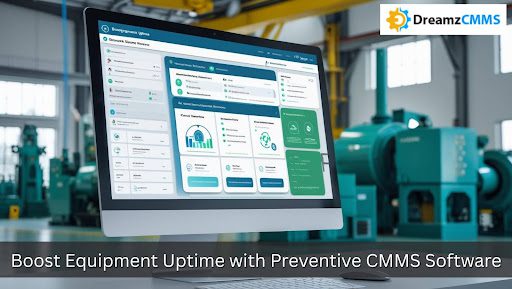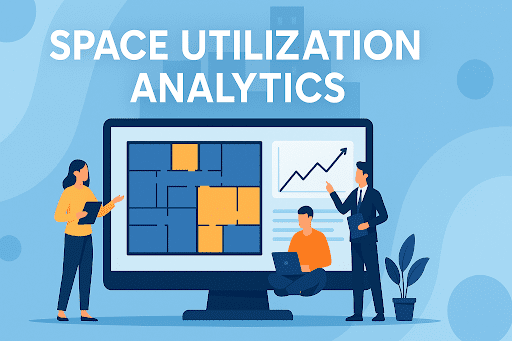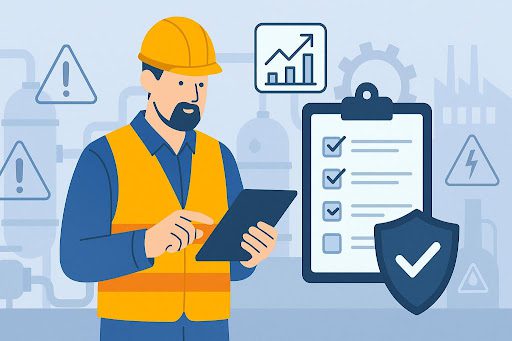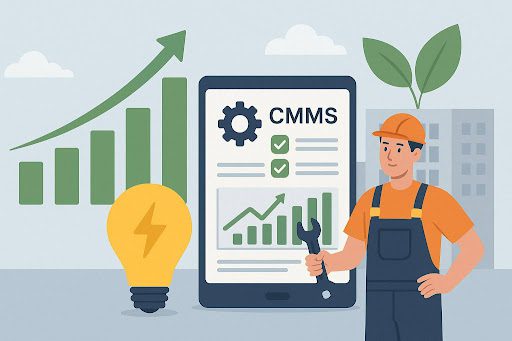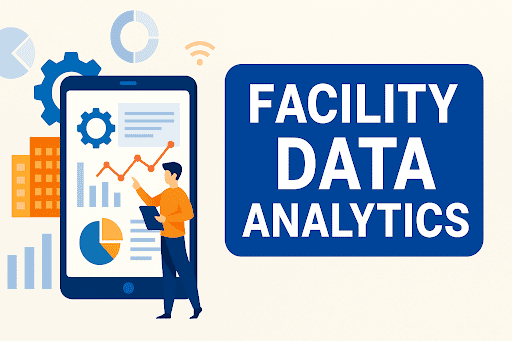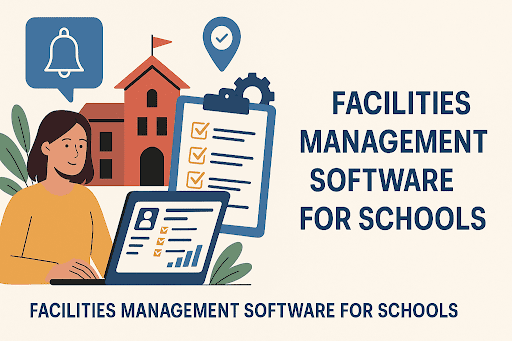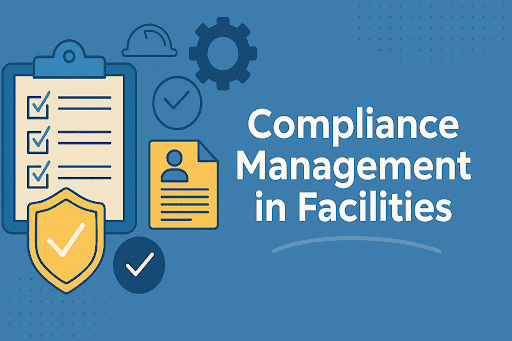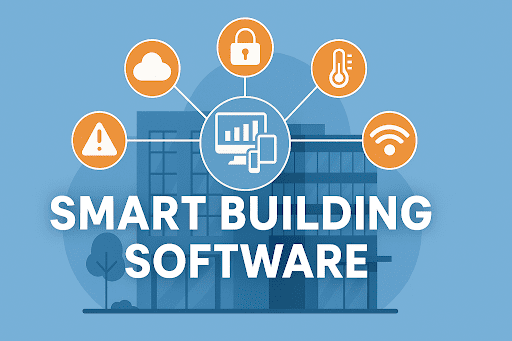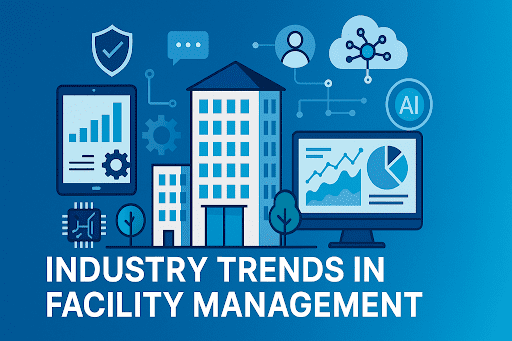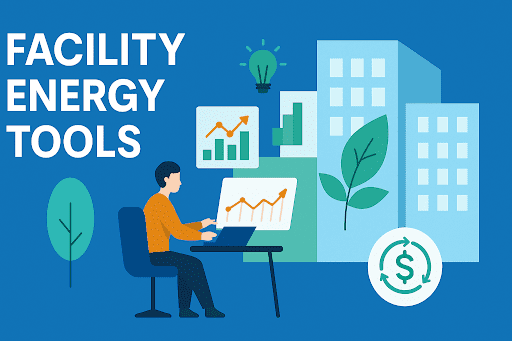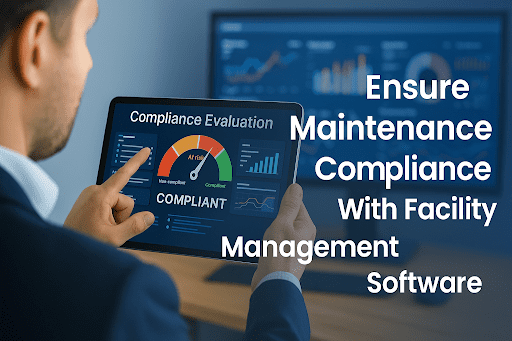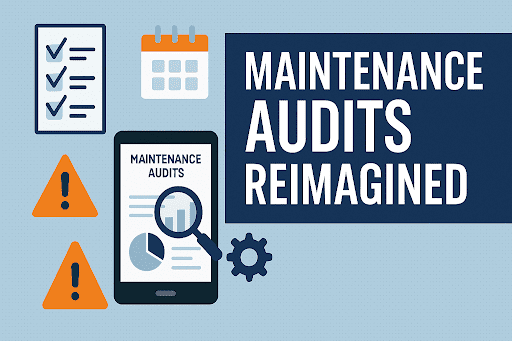 BACK TO Blog
BACK TO Blog
Asset Rental Management
Facility
Why Emergency Preparedness Is a Strategic Investment Every leader understands risk. But not all treat it with the urgency it demands until disruption strikes. Whether it is a power outage, natural disaster, cybersecurity breach, or a supply chain failure, the ability to respond quickly and recover smoothly depends on what
- May 22, 2025
- DreamzCMMS Team
- 8 minutes read

- May 22, 2025
- DreamzCMMS Team
- 8 minutes read
Why Emergency Preparedness Is a Strategic Investment
Every leader understands risk. But not all treat it with the urgency it demands until disruption strikes. Whether it is a power outage, natural disaster, cybersecurity breach, or a supply chain failure, the ability to respond quickly and recover smoothly depends on what is already in place.
Emergency Preparedness Planning is no longer a compliance checkbox. It is an operational differentiator.
For C-suite leaders, the question is not “Do we have a plan?” but rather:
- Is it actionable?
- Is it tested?
- Is it integrated into how we manage our assets, people, and facilities?
When unplanned events occur, response time is measured in minutes. Impact, however, is measured in weeks, sometimes months. The companies that recover the fastest are not those with the most resources. They are those with the most clarity.
In this blog, we will examine the building blocks of preparedness:
- How Facility Emergency Response frameworks protect continuity
- The role of CMMS for emergency protocols
- The connection between risk assessment for facilities and long-term asset protection
We will also show how platforms like Facility Management Software and DreamzCMMS help unify your planning efforts from detection to recovery.
Preparedness is not only about what you protect. It is also about how quickly you can return to serving your customers and meeting your mission without hesitation.
The Hidden Gaps That Undermine Emergency Response
Plans on paper often feel complete. They list procedures, roles, and contact trees. But in practice, many plans fall short not because of what they include, but because of what they assume.
True preparedness is not about documentation. It is about execution under pressure.
Here are three common gaps that expose organizations when they need stability the most:
1. Static Plans That Do Not Adapt
Many emergency protocols are developed once, filed away, and reviewed only during audits. But threats change. So do facility layouts, team members, and asset configurations.
Without continuous updates and integration with systems like Asset Maintenance Management Software, even the best plans become outdated.
Dynamic planning connected to real-time data is what enables facilities to respond with precision when every minute matters.
2. Disconnected Systems and Teams
When facilities, IT, and operations use separate systems, coordination breaks down.
Communication delays and misaligned priorities add stress to already time-sensitive moments.
With a connected platform like DreamzCMMS, emergency alerts, asset data, and workflow updates can flow through a single interface supporting faster decisions, smarter deployment, and better visibility for leadership.
This is especially valuable when linked with RFID Asset Tracking Software, which ensures assets critical to response can be located instantly and moved without delay.
3. Limited Visibility into Risk Hotspots
Not all parts of a facility carry equal risk. Some areas house critical infrastructure. Others hold hazardous materials or represent chokepoints in operations.
If a plan treats every space the same, it misses the nuance that real emergencies demand.
Risk assessment for facilities helps pinpoint where risk concentrates allowing leaders to prioritize mitigation, evacuation planning, and response resource allocation. Integrating this data into your Facility Management Software creates a living risk map that evolves with the environment.
Building a Resilient Emergency Preparedness Framework
Emergencies are unpredictable. Response should not be.
High-performing organizations do not wait until a crisis hits to align their people, processes, and systems. They establish frameworks that support fast, informed action under pressure and at scale.
At the heart of this readiness is integration. Not just of tools, but of visibility, accountability, and agility.
1. Start with CMMS for Emergency Protocols
A Computerized Maintenance Management System (CMMS) is more than a tool for repairs; it is the foundation for fast and structured emergency response.
With CMMS for emergency protocols, teams can predefine action sequences: equipment shut-downs, isolation procedures, safety verifications, and restart conditions. Plans become workflows. Steps are tracked. Accountability is assigned.
Systems like DreamzCMMS allow leaders to configure these protocols facility-wide so that during an incident, response is not improvised, but executed as designed.
2. Incorporate Evacuation Planning Tools
Evacuation plans are often generic. But effective evacuation requires more than arrows on a wall. With smart evacuation planning tools, organizations can customize routes based on asset locations, team deployment, risk zones, and time of day.
When integrated with Construction Project Management Software, these plans stay current adapting to changes in floorplans, access restrictions, or temporary installations.
This adaptability reduces confusion and increases safety when time is most critical.
3. Automate Real-Time Emergency Notifications
Minutes matter in a crisis. The time it takes to notify the right teams and get confirmation can determine how much damage is avoided or contained.
Using real-time emergency notifications, organizations eliminate the need for phone trees or manual alerts. Notifications are sent automatically, based on system triggers or status updates. With support from platforms like Facility Management Software, messages can be targeted to specific zones, teams, or asset types ensuring clarity and reducing noise.
This type of infrastructure dynamic, integrated, and role-specific turns emergency planning from a static binder into an active, intelligent process.
Is Your Emergency Plan Built for Real-World Response?Most plans look good on paper. But when a real disruption strikes, speed, coordination, and visibility are what matter most. DreamzCMMS helps bridge that gap connecting assets, teams, and systems into one seamless emergency response framework. From risk assessment to recovery, stay ready with confidence. Request a Free Demo today and explore how to strengthen preparedness across every facility. |
Recovery Is Where Resilience Is Measured
Responding well to an emergency is important. Recovering well is essential.
Many companies focus on the first phase: contain the problem, protect people, restore basic operations. But if recovery is not planned with the same level of detail, gaps appear. Decisions slow down. Teams scramble. Momentum is lost.
Leadership knows that recovery is not about returning to what was. It is about restoring stability with confidence, speed, and awareness.
1. Start Recovery Before the Incident Ends
The best recovery efforts begin while the response is still underway. That means knowing what needs to come back online first, who is responsible for each action, and how to track progress without starting from scratch.
Tools like Asset Maintenance Management Software and Facility Management Software make this easier. They help maintenance and facility teams record damage, check conditions, and restart systems in the right order without relying on memory or paper notes.
When those steps are built into your emergency framework, downtime shrinks.
2. Keep Critical Assets in Focus
Some assets are more than valuable; they are vital. Losing access to a generator, server room, or HVAC system during recovery can cause more harm than the event itself.
With support from RFID Asset Tracking Software, teams can monitor where critical assets are, what condition they are in, and whether they are ready to run. That visibility removes guesswork and speeds up decision-making.
If your CMMS like DreamzCMMS is already logging this data, it becomes easier to plan, act, and adjust on the fly.
3. Learn from What Just Happened
Every event large or small offers insight. Was the response fast enough? Did teams know what to do? Were any alerts missed? Answering these questions turns your emergency plan from a document into a living process.
Reviewing actions, updating procedures, and refining your crisis response planning help reduce risk next time. More importantly, it sends a message to the team: this is not just about compliance. It is about continuous improvement.
Leading Preparedness from the Top Down
Emergencies test more than procedures. They test leadership.
The speed at which a company responds, the clarity of its communication, and the confidence in its recovery are all shaped long before a crisis begins. They are the result of preparation, not reaction.
For executive teams, emergency preparedness planning is not an operational checklist. It is a strategic responsibility. Every plan that is updated, every system that is integrated, and every risk that is reassessed builds more than resilience. It builds trust with employees, customers, regulators, and partners.
Modern platforms like DreamzCMMS simplify the process. They bring together maintenance, asset management, and communication in one place so that when decisions need to be made fast, the right information is already there.
Systems like Facility Management Software, Asset Maintenance Management Software, and RFID Asset Tracking Software are not just for maintenance teams. They are tools that support real-time awareness and fast coordination across every function that matters during an event.
The goal is not just to prepare. It is to recover faster, smarter, and stronger than before. That is what defines resilient leadership.
Recommended ReadsContinue exploring how forward-thinking strategies and smart technologies support operational resilience and emergency readiness:
|
Strengthen Your Readiness with DreamzCMMSPreparedness is not built during an emergency. It is built before one starts. Request a Free Demo today and see how DreamzCMMS helps unify planning, response, and recovery across your entire operation so you can protect what matters most. |
Ready for More?
Talk to one of our CMMS experts and see how DreamzCMMS can simplify your maintenance operations.
Book a free consultation